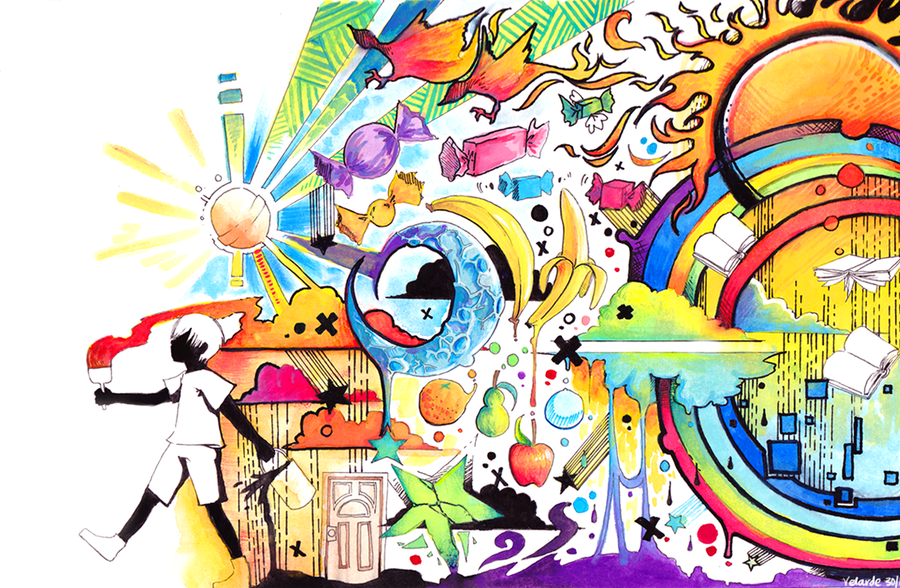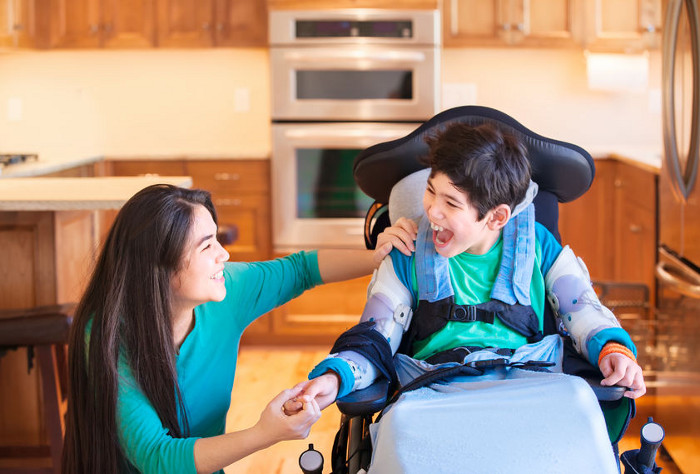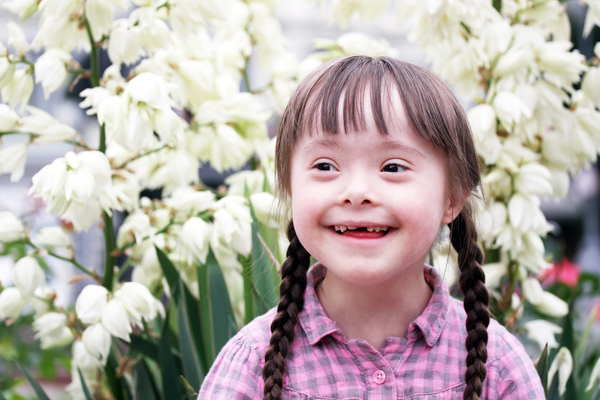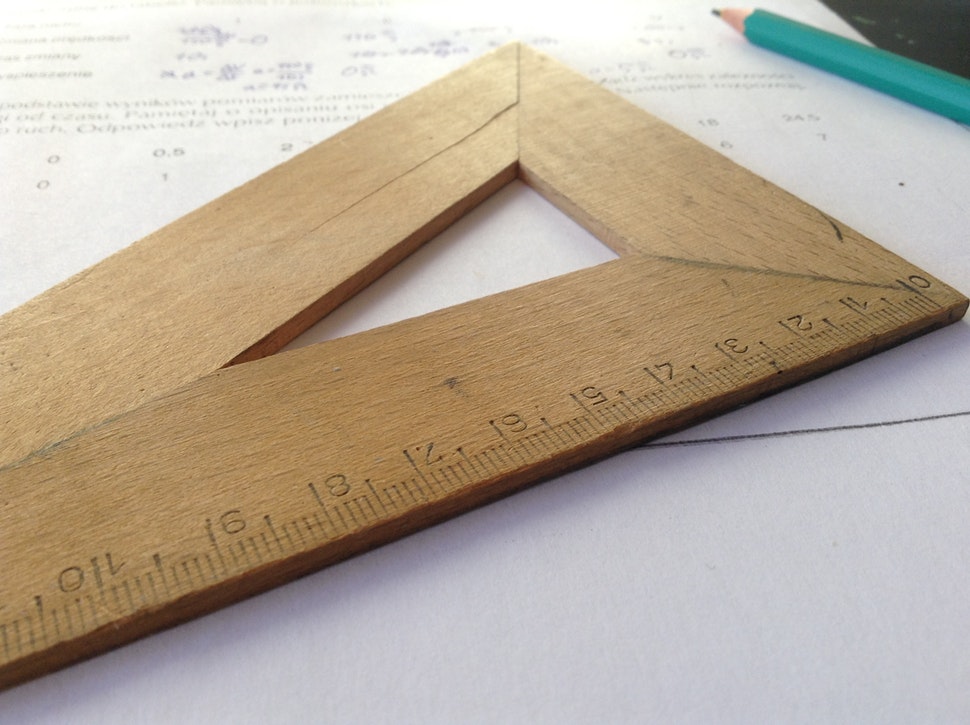ADHD
Description:
Attention-deficit/hyperactivity disorder (ADHD) is a brain disorder marked by an ongoing pattern of inattention and/or hyperactivity-impulsivity that interferes with functioning or development.

Symptoms:
- Inattention
- Hyperactivity
- Impulsivity
Treatments:
- Medication
- Psychotherapy
- Education and Training
Stories:
Read Max's story here
Read Kerri's story here.
Asperger Syndrome
Description:
Asperger Syndrome is a developmental disorder that causes one to have difficulty socializing and communicating with others. Those with Asperger Syndrome are generally on the higher level of the autism spectrum.

Symptoms:
- Compulsive behavior
- Fidgeting
- Impulsivity
- Social isolation
- Intense interest in specific topics
- Agression
- Anxiety
Treatments:
- Communication therapy
- Behavioral therapy
- Stress management
Story:
Read Abby's story here.
Autism
Description:
Autism Spectrum Disorder (ASD) is a developmental condition which affects a person’s ability to communicate and interact with others. People with autism struggle with understanding subtle social cues.

Symptoms:
- Disinterest in making friends
- Sensitivity to noise
- Reduced eye contact
- Lack of or delayed speech
- Fails to respond or shows indifference
- Repetitive body movements
- Difficulty learning languages
- Doesn't express much emotion
- Unaware of others' feelings
Treatments:
- Interventions or therapies can reduce symptoms of autism and increase one's skills and abilites at any age.
*Note: Depending on the severity, autism looks different from person to person--that’s why it’s called a spectrum! That's why it's important to be careful when dismissing someone as autistic simply because they don’t fit how society describes autistic people.
Stories:
Read Marcus' story here.
Read Daniel's story here.
Cerebral Palsy
Description:
Cerebral palsy is a disorder of movement, muscle tone or posture that is caused by damage that occurs to the immature, developing brain, most often before birth.

Symptoms:
- Stiff muscles and exaggerated reflexes
- Lack of muscle coordination
- Favoring one side of the body
- Lack of or delayed speech
- Difficulty with sucking or eating
- Difficulty walking
- Excessive drooling
- Seizures
Treatments:
Children and adults with cerebral palsy require long-term care and a medical care team.
- Medications to lessen muscle tightness
- Physical therapy
- Occupational therapy
- Speech/Language therapy
- Orthopedic surgery
Story:
Read Lizzy's story here.
Down Syndrome
Description:
Down syndrome is a genetic disorder caused when abnormal cell division results in an extra full or partial copy of chromosome 21. This extra genetic material causes the developmental changes and physical features of Down syndrome.

Symptoms:
- Flattened face
- Small head
- Poor muscle tone
- Short height
- Heightened flexibility
- Delayed development
- Learning disability
- Speech delay
Treatments:
Early intervention, therapy, and special education can help treat and manage a child's Down Syndrome.
Some forms of therapy:
- Speech therapy
- Occupational therapy
- Physical therapy
*Note: Like all special needs, the intellectual and developmental problems an individual with Down Syndrome will have varies depending on the person.
Story:
Read Mila's story here


